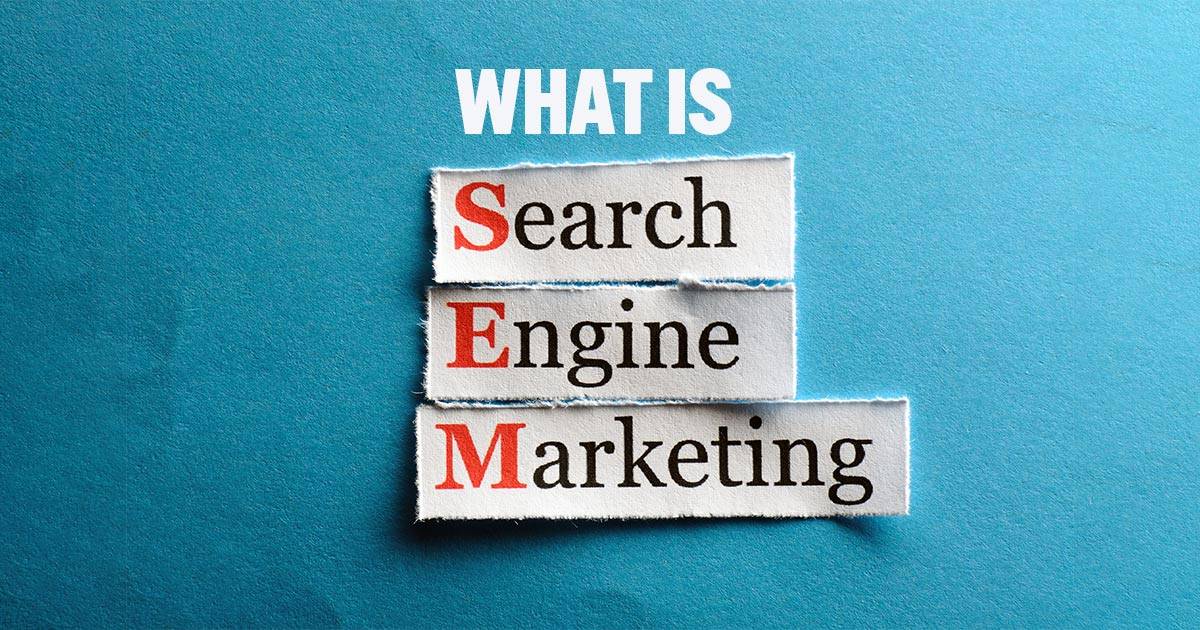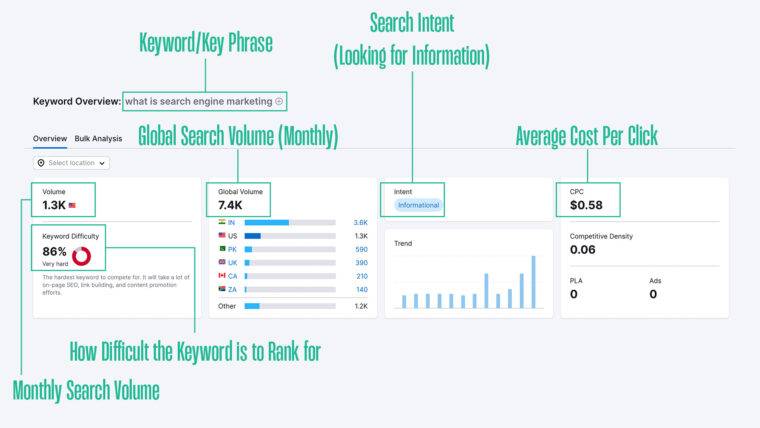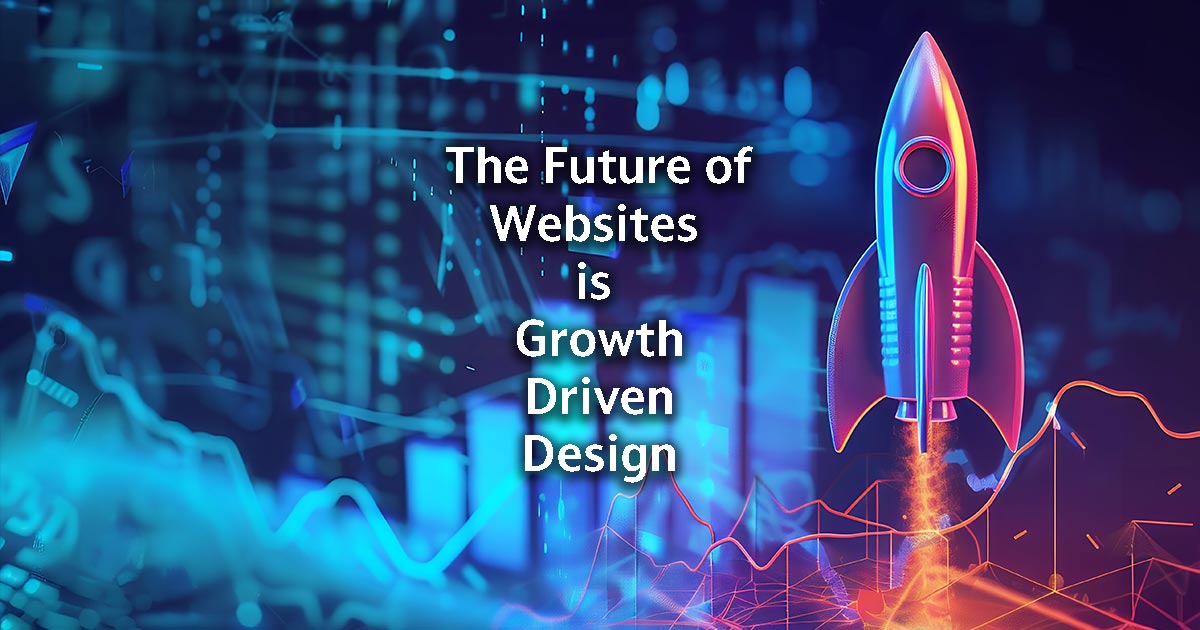Email is the proven and preferred method for many communications. A global study showed 83% of people prefer to receive communications from businesses over email. It’s also one of the most cost-effective channels for marketing. With a proven return on investment at $42 for every dollar spent.
And it yields precise engagement metrics on opens, clicks, user device, geolocation, and browser.
As such we send a number of transactional emails from our client’s websites to their customers. These include mostly responses from forms and other automated replies.
Previously we sent these from a no-reply email on our Back9 Emails. However as of March 2024, Google has implemented new anti-spam policies. This means there are now more risks of either;
- Your emails going into spam folders, or worse;
- They get flagged as spam and are not delivered at all.
Therefore a third-party email software is the best choice for sending emails from your website for several reasons:
- Reliability and Scalability: A lost or delayed email can mean a lost customer. Third-party email providers offer leading deliverability, reliability, and scalability. Their infrastructure is designed to handle large volumes of emails efficiently, ensuring that your emails reach your customers’ inboxes promptly.
- Deliverability: Getting your emails to the inbox every time is crucial for successful communication with your customers. Third-party providers have optimised their mail transfer agents (MTAs) and developed tools to manage deliverability effectively. As a result, this minimises the risk of emails being caught in spam filters or not reaching their intended recipients.
- Expertise and Support: Third-party providers offer experienced support and strategic guidance to help you optimize your email program. From developer-focused APIs for seamless integration to intuitive user interfaces for easy management, they provide the tools and expertise necessary to exceed customer expectations and tailor the email experience to your business needs.
- Precise Metrics: Third-party email software offers precise engagement metrics, including opens, clicks, user device, geolocation, and browser information. This data allows you to analyze the effectiveness of your email campaigns. Furthermore, it helps make informed decisions to improve engagement and ROI.
In summary
using a third-party email software ensures;
- Reliable delivery
- Optimal inbox placement,
- Comprehensive support, and;
- Detailed analytics
Ultimately enhancing the effectiveness of your email communications and improving customer experience.
Whilst this comes at a small cost (just 3.50 NZD per month) it is a cost we need to at the very least pass on to you our client. Especially when we have 100 or more websites on our servers… Ultimately however when weighed up against the the value it adds in terms of peace of mind and reliability is priceless.










